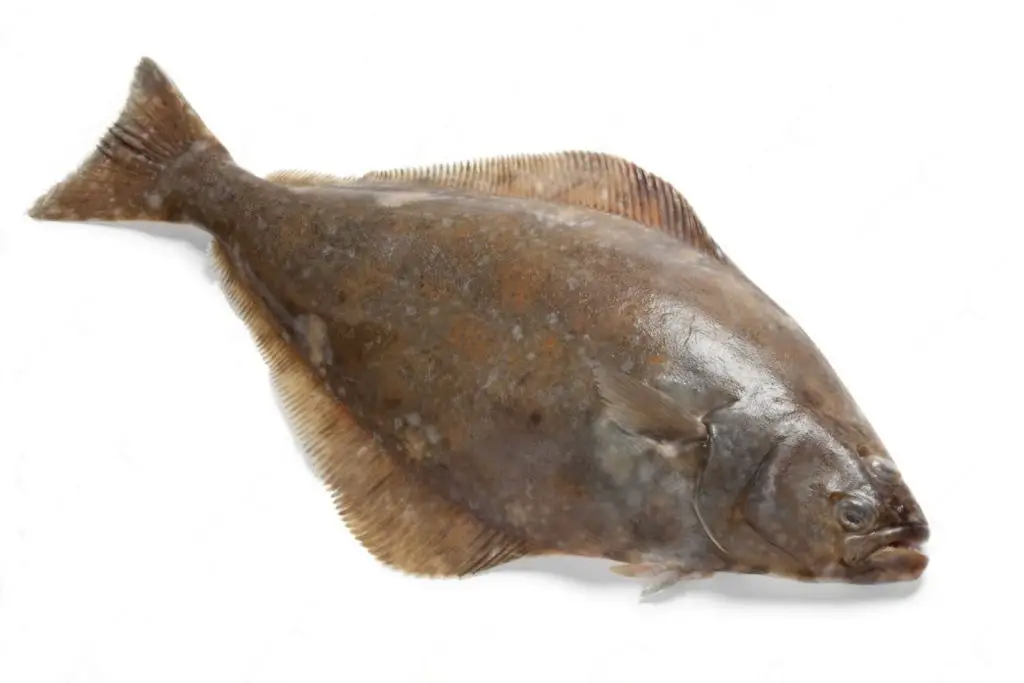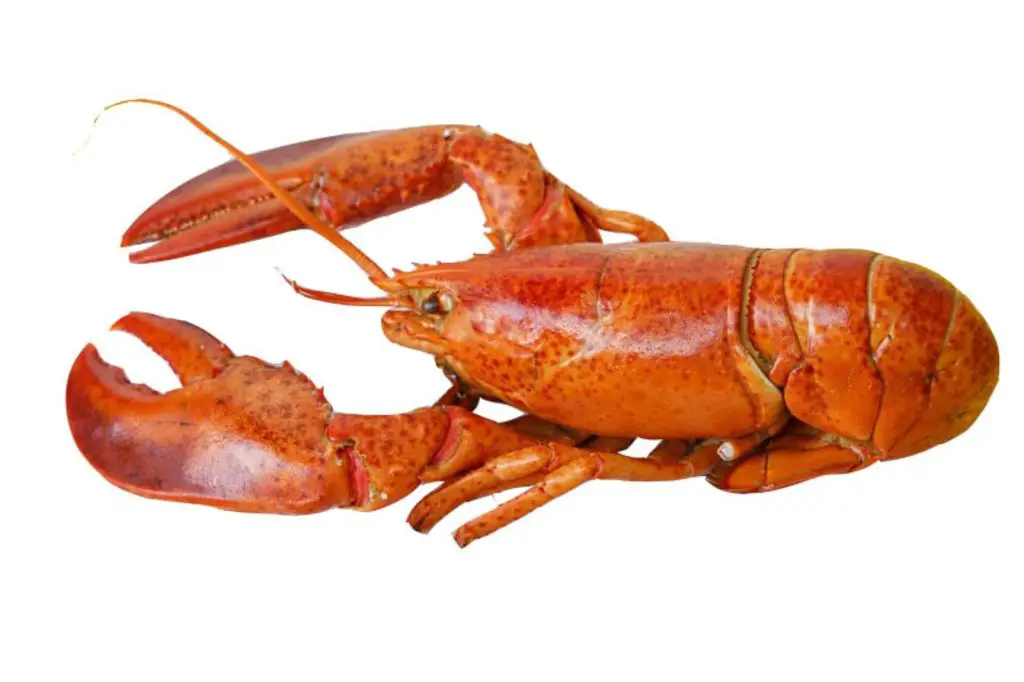
Red snapper is a prized fish in many cuisines, known for its sweet and delicate flavor. Whether you’ve caught some fresh red snapper or found a great deal at the fish market, freezing it properly can extend its shelf life and ensure you have access to this delicious fish when it’s not in season. In this article, we will guide you through the process of freezing red snapper to preserve its taste and quality for future meals.
Here’s a step-by-step guide on how to freeze red snapper:
Step 1: Select fresh red snapper
Selecting the right red snapper is the crucial first step in ensuring your frozen fish maintains its quality and taste. When you choose fresh red snapper, you are setting the foundation for a delicious meal, even after it’s been frozen and stored. Here’s why this step is so important:
- Quality Assurance: The quality of your red snapper starts with its appearance. Look for fish with clear, bright eyes. Cloudy or milky eyes can be a sign of aging or improper handling. The eyes should be alert and reflective.
- Texture Matters: When you press your finger on the flesh, it should spring back, indicating firmness. The skin should have a shiny appearance, and the flesh should be moist, not slimy or dry. Any noticeable soft spots or bruising on the skin may indicate poor quality.
- Fresh Ocean Scent: Fresh red snapper should have a clean, ocean-like scent. Avoid fish with a strong fishy odor, as this can be a sign of deterioration. Instead, you want a mild, pleasant aroma that reminds you of the sea.
- No Discoloration: Examine the color of the fish. Red snapper typically has a reddish-pink hue with some silver undertones. Any unusual discoloration, such as dark or brown patches, may indicate spoilage.
- Avoid Strong Odors: Lastly, trust your nose. If the red snapper smells overpoweringly fishy, ammonia-like, or off in any way, it’s best to choose another piece. Fresh red snapper should have a subtle and clean scent.
Step 2: Clean and fillet the red snapper
Now that you’ve selected a fresh red snapper, the next crucial step is cleaning and filleting it properly. This step ensures that your red snapper is not only safe to eat but also ready for freezing. Here’s a more detailed explanation of what to do:
- Removing Scales: Start by removing the scales from the red snapper. You can use a fish scaler or the back of a knife to gently scrape off the scales. Begin from the tail and work your way towards the head. This step is essential for improving the fish’s texture and taste.
- Gutting the Fish: After scaling, it’s time to gut the red snapper. Make a clean incision along the belly from the anus to the throat. Use your fingers or a spoon to scoop out the entrails. Be thorough to ensure that all internal organs are removed, as any remaining bits can lead to an unpleasant flavor.
- Filleting: With the fish cleaned, you can now fillet it into your desired portions. To do this, use a sharp fillet knife. Make an incision just behind the pectoral fin and slide the knife along the spine, following the bone structure. Gently lift the fillet away from the bones, cutting as close to the ribcage as possible. Repeat the process on the other side.
- Rinsing: After filleting, rinse the red snapper fillets thoroughly under cold running water. This step helps remove any remaining scales, blood, or debris that may have adhered to the fillets during the cleaning and filleting process. Rinse until the water runs clear, ensuring the fillets are clean and ready for freezing.
Properly cleaning and filleting the red snapper not only enhances the fish’s quality but also makes it easier to handle and prepare for cooking once it’s thawed from the freezer. By following these steps, you’ll be well-prepared to enjoy your red snapper whenever you decide to cook it, whether it’s days or months down the line.
Can I freeze the whole red snapper or should I fillet it first?
You can freeze the whole red snapper, but it’s generally recommended to fillet it first. Filleting allows for more efficient storage, as fillets take up less space and freeze more evenly. If freezing whole red snapper, ensure it’s thoroughly cleaned, scaled, and wrapped to prevent freezer burn and maintain quality during storage.
Is it necessary to remove the skin before freezing red snapper?
Removing the skin before freezing red snapper is not strictly necessary, but it can help maintain the fish’s quality. The skin can become tough during freezing and may affect the texture of the fillet when cooked. Whether to remove the skin or not largely depends on personal preference and the intended culinary use of the fish.
Step 3: Pat the fillets dry
Once you’ve successfully cleaned and filleted your red snapper, the next important step in preparing it for freezing is to ensure the fillets are thoroughly dry. Here’s why this step is crucial:
- Preventing Freezer Burn: Excess moisture on the surface of the fish can lead to freezer burn. Freezer burn occurs when moisture on the food’s surface turns into ice crystals, resulting in a dry, discolored, and sometimes unpleasant texture. By patting the fillets dry, you remove the moisture that could cause this issue.
- Maintaining Quality: Dry fillets are less likely to develop off-flavors or odors during freezing. Moisture can trap impurities and cause them to become more concentrated as the fish freezes, potentially affecting the taste and overall quality of the red snapper.
- Ensuring Proper Packaging: Dry fillets are easier to package properly. When you vacuum-seal or place the fillets in airtight containers, having them dry ensures a better seal. A tight seal helps prevent air from entering the packaging, reducing the risk of freezer burn and maintaining the fish’s freshness.
- Improving Texture: Moisture can also affect the texture of the fish. When ice crystals form on the surface of wet fillets, they can create a mushy or uneven texture when the fish is thawed and cooked. Keeping the fillets dry helps maintain a firmer, more desirable texture.
To pat the fillets dry, gently place them on a clean surface, such as a stack of paper towels or a clean kitchen towel. Then, use additional paper towels to blot the fillets, absorbing any remaining moisture. Be thorough but gentle to avoid damaging the delicate flesh.
Step 4: Wrap the fillets for freezing
After patting the red snapper fillets dry, the next important step in the freezing process is to wrap each fillet individually. This protective wrapping is crucial for several reasons:
- Air Isolation: Wrapping each fillet in plastic wrap or aluminum foil creates a barrier that prevents air from coming into direct contact with the fish. This is vital because exposure to air can lead to freezer burn, which can degrade the flavor, texture, and overall quality of the red snapper over time.
- Minimizing Moisture: In addition to keeping air out, wrapping also helps minimize moisture loss. Moisture loss can result in the fish becoming dry and losing its natural juices, which can affect its taste and tenderness when cooked.
- Preventing Odor Transfer: Wrapping individual fillets also prevents the transfer of odors between different foods in the freezer. Fish, in particular, can have a strong odor that can permeate other items in your freezer if not properly sealed.
- Easy Portioning: Individually wrapped fillets are convenient because they allow you to thaw and use only the number of fillets you need without thawing the entire batch. This can help reduce food waste and make meal planning more flexible.
To wrap the fillets, simply place each fillet on a sheet of plastic wrap or aluminum foil. Fold the wrap or foil over the fillet and seal the edges to create a tight, secure package. Make sure there are no gaps or openings where air can enter.
If you prefer, you can also use vacuum-sealed bags designed for freezing. These bags remove air from the package, providing an extra layer of protection against freezer burn.
Step 5: Place the wrapped fillets in airtight containers
After taking the care to individually wrap each red snapper fillet, the next step in ensuring the fish’s quality during freezing is to store these wrapped fillets in airtight containers. Here’s why this step is essential:
- Additional Protection: Airtight containers provide an extra layer of protection against air infiltration. Even though the fillets are individually wrapped, placing them in containers further reduces the risk of exposure to oxygen, which can lead to freezer burn.
- Space Efficiency: Containers help maximize space in your freezer. They stack neatly and efficiently, allowing you to make the most of your freezer’s storage capacity. Vacuum-sealed bags also conform to the shape of the fillets, making them ideal for compact storage.
- Organization: Using containers or bags allows for better organization in your freezer. You can label the containers with the date of freezing and the type of fish to easily identify and access your red snapper fillets when needed.
- Avoiding Odor Contamination: Airtight containers and vacuum-sealed bags prevent the transfer of fish odors to other items in your freezer. This is particularly important because fish can have a strong scent that you don’t want affecting the taste of other frozen foods.
When placing the wrapped fillets in airtight containers, ensure that the containers are clean and dry. Lay the wrapped fillets flat to minimize the risk of freezer burn and ensure even freezing. If using vacuum-sealed bags, follow the manufacturer’s instructions to remove as much air as possible from the bags before sealing.
Step 6: Label and date the containers
As you prepare to store your wrapped red snapper fillets in airtight containers, it’s crucial to take a moment to label and date each container. This simple step offers several key benefits:
- Tracking Storage Time: Labeling the containers with the date of freezing allows you to keep track of how long the fish has been in the freezer. While red snapper can remain safe to eat for an extended period when frozen properly, it’s essential to know how long it has been stored to maintain its best quality.
- Identifying Contents: By clearly labeling the containers with the type of fish (red snapper), you eliminate any guesswork when you’re searching for a specific item in your freezer. This is especially helpful if you have multiple types of seafood or food items in your freezer.
- Preventing Waste: Proper labeling reduces the chances of forgetting about your frozen red snapper. With the date and fish type clearly marked, you can plan your meals more effectively and prevent the unintentional neglect of ingredients.
- Quality Control: Knowing the freezing date helps you prioritize the use of older fillets first. While properly frozen red snapper remains safe to eat for a long time, it’s ideal to consume it within a reasonable timeframe to ensure the best quality and flavor.
To label the containers, use a permanent marker or freezer-safe label directly on the container or on a piece of adhesive tape. Ensure that the label is legible and prominently placed for easy identification.
Step 7: Store in the freezer
With your wrapped and labeled red snapper fillets prepared, it’s time to move them into the freezer. Proper storage in the freezer is critical to maintain the fish’s quality and safety. Here’s why this step is essential:
- Temperature Control: Ensure your freezer is set to a temperature of 0°F (-18°C) or lower. This temperature is necessary to keep the red snapper frozen solid. Storing fish at this temperature prevents the growth of harmful bacteria that can spoil the fish or make it unsafe to eat.
- Maintaining Quality: Storing the fillets in a freezer at the correct temperature helps preserve the quality of the red snapper. Freezing at 0°F (-18°C) or lower minimizes ice crystal formation and prevents freezer burn, ensuring the fish’s texture and flavor remain intact.
- Proper Placement: Store the red snapper fillets in the coldest part of your freezer. Typically, this is the back of the freezer or the bottom shelf. Avoid placing them near the freezer door, as this area experiences temperature fluctuations when the door is opened frequently. These fluctuations can negatively impact the quality of your frozen fish.
- Avoiding Thawing: Ensure that the red snapper fillets are stored away from items that may cause them to thaw prematurely. Keeping them isolated from items with higher temperatures or that produce heat will help maintain their frozen state until you’re ready to use them.
- Stack or Arrange Neatly: Arrange your containers of red snapper fillets neatly in the freezer to maximize space and ensure proper airflow. Avoid overcrowding, as this can lead to uneven freezing.
How long can red snapper last in the freezer?
Red snapper can last in the freezer for up to 6-12 months when stored at 0°F (-18°C) or lower. The exact duration of freezer storage depends on factors like packaging, temperature consistency, and proper labeling. For optimal quality, it is advisable to consume red snapper within the earlier part of this timeframe.
Other related questions
How do I defrost red snapper?
To defrost red snapper, place it in the refrigerator for approximately 24 hours. Alternatively, you can use the cold water method by sealing the fish in an airtight bag and submerging it in cold water, changing the water every 30 minutes until thawed, typically within 2-3 hours. Microwave defrosting is possible but should be done with caution, using the defrost or low-power setting to avoid cooking the fish prematurely.
Can I refreeze red snapper?
Refreezing red snapper is generally discouraged due to potential quality loss. When fish is thawed, harmful bacteria can multiply, and refreezing can lead to texture and flavor degradation. It is advisable to cook and consume red snapper after the initial thaw and avoid refreezing to ensure food safety and optimal taste.
How do I know if the red snapper has gone bad after being frozen?
Signs of spoiled frozen red snapper include off-putting odors, freezer burn, texture changes such as excessive ice crystal formation or mushiness, and discoloration. Fresh fish should have a clean, ocean-like scent; any strong or unpleasant odor suggests spoilage. To ensure safety and quality, examine the fish carefully before cooking and discard it if you detect any of these indicators of spoilage.
Can I freeze red snapper with other ingredients, like marinades or herbs?
Yes, you can freeze red snapper with marinades or herbs. However, it’s essential to ensure they are well-sealed to prevent flavor transfer to other items in the freezer. Vacuum-sealed bags work well for this purpose.
Can I freeze cooked red snapper leftovers?
Yes, you can freeze cooked red snapper leftovers. To do so, wrap the leftovers tightly in plastic wrap or aluminum foil to prevent moisture loss and freezer burn. Place them in an airtight container or a freezer bag to further protect them. When stored at 0°F (-18°C) or lower, cooked red snapper can remain safe and maintain its quality for up to 2-3 months in the freezer.
What are some recommended cooking methods for frozen red snapper?
Recommended cooking methods for frozen red snapper include baking, pan-frying, grilling, steaming, and poaching. When using these methods, it’s crucial to adjust cooking times to accommodate the frozen state of the fish, ensuring it reaches the desired doneness. Regardless of the chosen method, it’s important to verify the fish’s flakiness and opaque appearance in the center to ensure it is thoroughly cooked.








